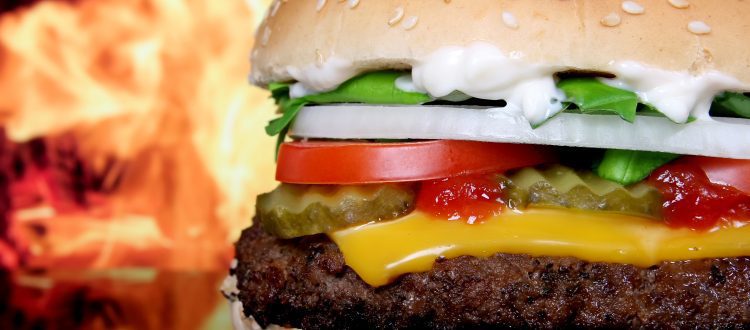Burger King’s Whopper Controversy: Reality vs. Advertisement
If you’ve ever gazed at a fast-food advertisement and wondered if the product in hand will ever match the tantalizing image displayed, you’re not alone. This age-old question has now culminated in a class-action lawsuit, with major implications for how companies should represent their products.
The Case of the Whopper
Burger King, a household name and beloved global burger chain, finds itself under scrutiny. A lawsuit alleges that the fast-food giant has been amping up the size and look of its Whoppers in promotional materials, making them appear larger and meatier than what diners actually receive.
The case represents plaintiffs spanning across various states, from Florida to California, New York to Arizona, and beyond. Their bone of contention? A Whopper advertised in 2017 compared to its current portrayal. According to the lawsuit, there’s been a whopping (pun intended) increase of around 35% in the burger’s size and a beefy boost of over 100% in advertisements. However, when it comes to the actual served burger, these numbers don’t hold up. The lawsuit demands Burger King depict the actual size of the sandwiches in its promotional material.
Burger King’s Defense
Burger King, in response, put forth a motion to dismiss the case. Their argument holds that the objective of advertising is to showcase the product in the most appealing light, implying a bit of garnishing is par for the course. In other words, customers should expect the advertised burger to be a bit glamorized.
U.S. District Judge Roy Altman in Miami didn’t entirely buy this defense. While he acknowledged that some forms of advertising might be more illustrative than literal, he noted that “in-store menu ordering boards” serve a distinct purpose. They not only entice but also inform. As such, they should be an accurate representation of what the customer is buying, both in terms of description and price.
However, it wasn’t a complete win for the plaintiffs. Judge Altman dismissed the claims that “out-of-store” ads such as TV commercials and online promos were misleading, seeing them as less of a binding contract with the consumer.
Fancy a Whopper? Take a Black Car Service
For those keen to scrutinize their next Whopper against its advertised avatar, why not do it in style? Taking a black car service to your nearest Burger King adds a touch of luxury to the experience. If the burger doesn’t match up, at least the journey will be top-notch!
In Conclusion
The Burger King lawsuit touches on a broader question of how businesses should approach advertising. It’s a fine line between making a product enticing and misleading consumers. As the case unfolds, it could set precedents for how companies think about their promotional materials. Until then, enjoy your burgers – whether they match the ad or not!


